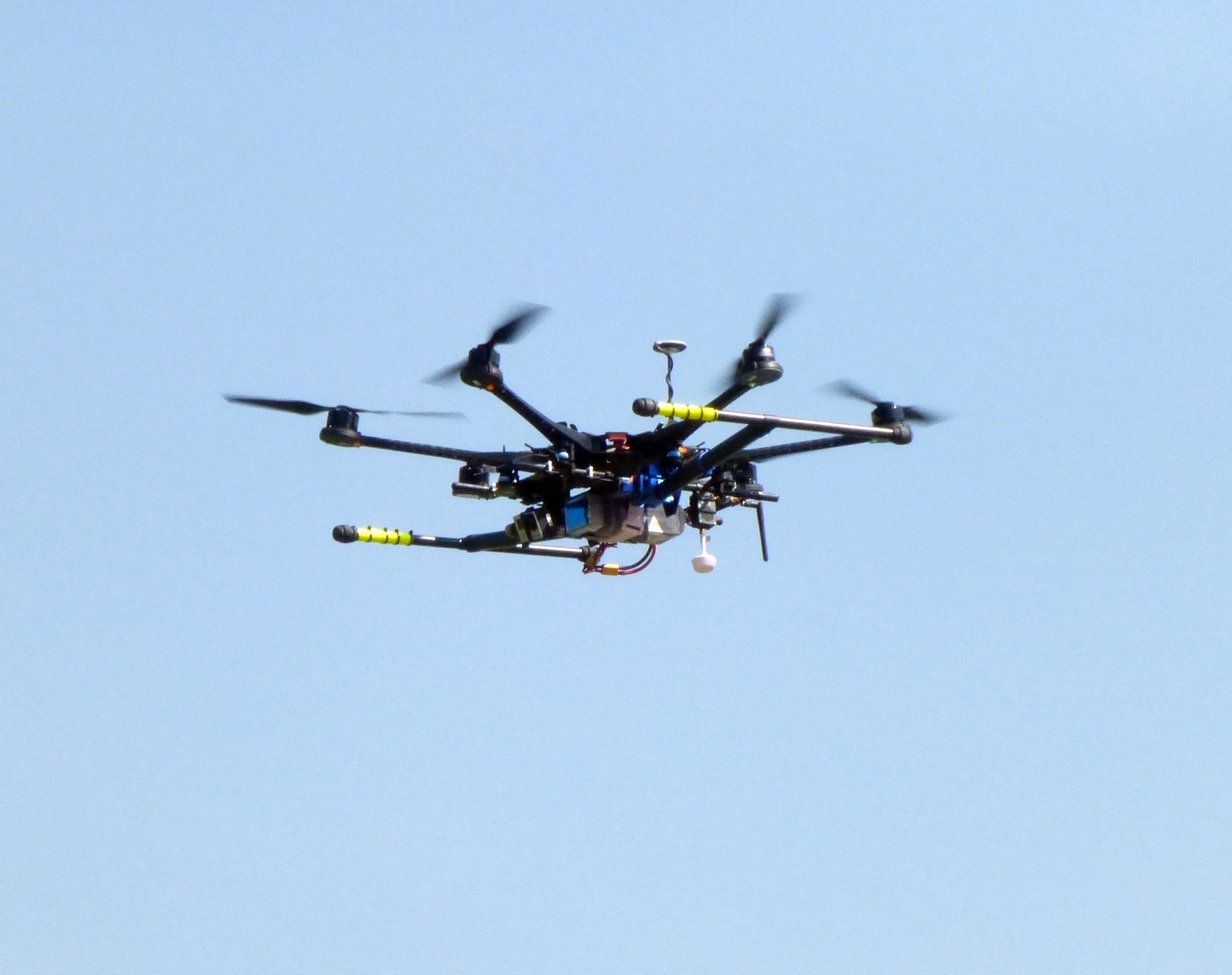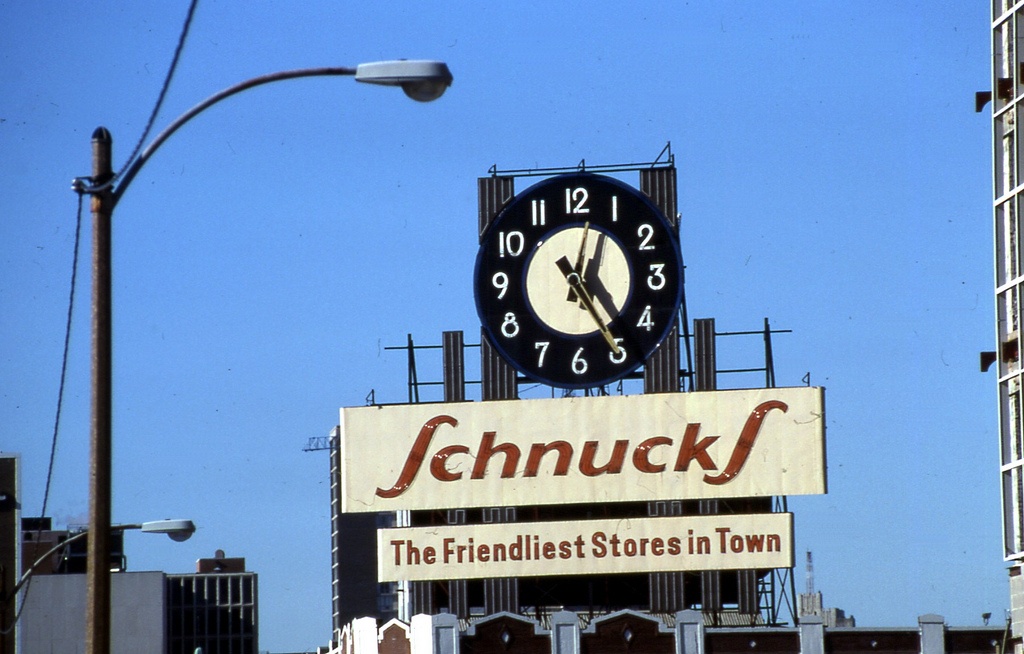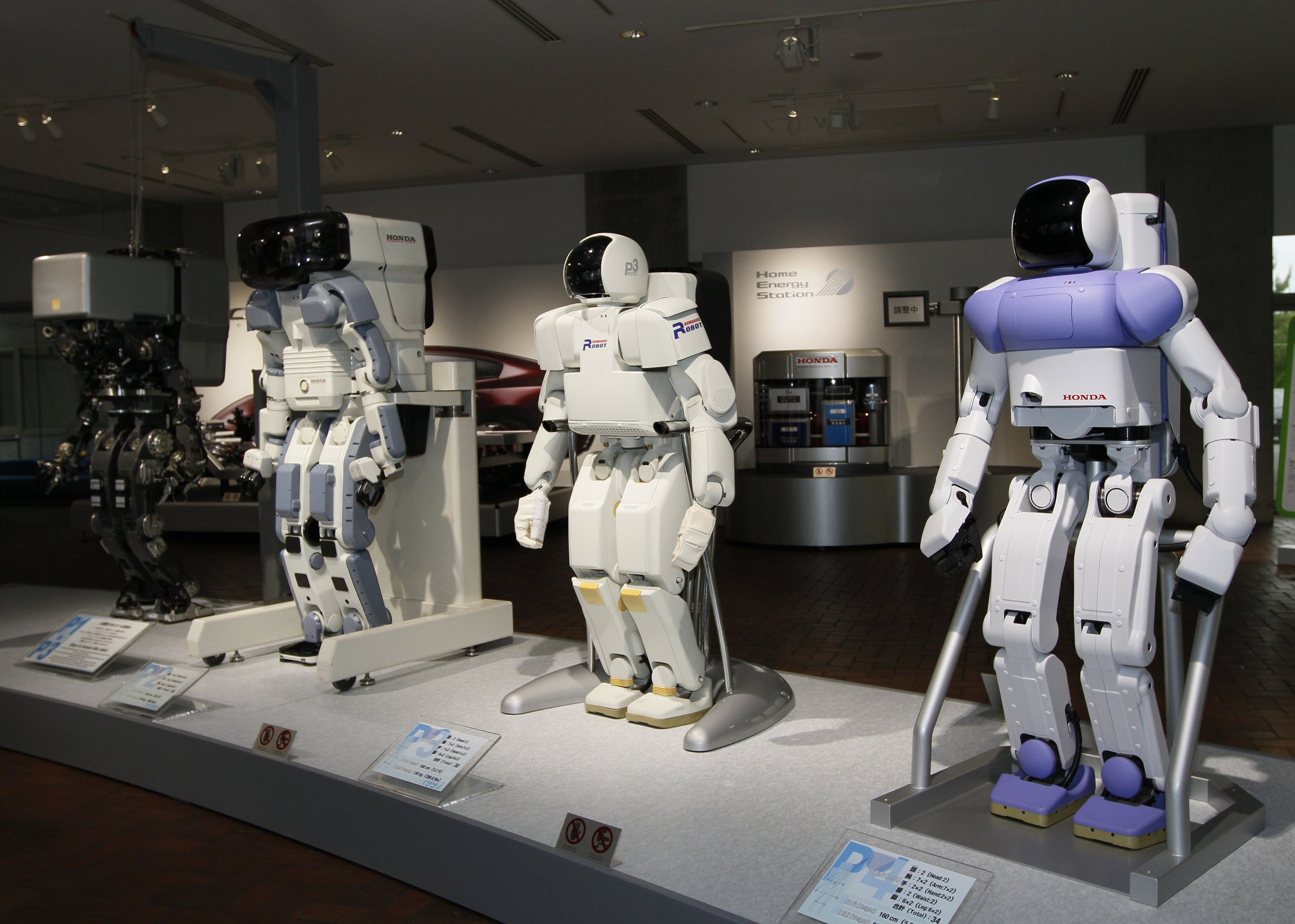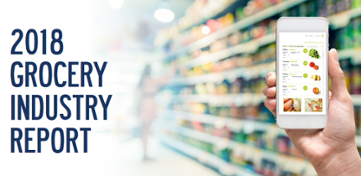The robots are coming! Sure, that sounds like a panicked utterance straight from whatever sequel or reboot the Terminator franchise is about to unleash. But it also could describe the grocery industry where several different grocers are piloting in-store robots to perform a litany of maintenance, stocking, and even customer service tasks.
Though we have yet to see them out here in Sunny Socal, (we never get the cool pilot programs!) we fully expect to over the next year.
So, make sure you are fully charged and go ahead and do your best robot voice, we’re going to sift through the grocery industry market research to understand the where, the why, and the how of robotics in grocery.
The Robot Revolution Starts with Cheeseburgers?
There’s been a lot of talk about automation and robotics lately (yes, some of it from us) but these conversations tend to focus on manufacturing and food service. In manufacturing, automation and robots are nothing new—mechanized assembly lines are a standard feature of (and driving force behind) the industrial revolution, and are an expected part of the manufacturing process.
In food service, there is talk of cheeseburger making robot, while ordering kiosks and other forms of automation are already starting to feel standard.
For both manufacturing and food, robots can quite literally, and already are, replacing human workers, and that’s the goal—those human workers are getting more expensive, owing to a steadily rising minimum wage at the state and federal level.
Thus, despite the large initial investment, robots are seen as a long-term, cost-cutting initiative. So why isn’t there more talk of robots in grocery? Well, there’s about to be. Follow us on a state-of-the-art state of the state.
Walmart Drone and Home
Walmart recently filed a patent claim for in-store drones that, at least in their filing, seems to be predominately a customer service feature, offering assistance and answers to a variety of commonly-asked questions.

Customers would be able to hail a drone in-store with their smart phone. These drones can guide them to hard-to-locate products and offer historical pricing information and stock counts for on-sale items.
Later iterations will also likely include projectors and speakers, allowing for real time interactions. Perhaps the drones will offer customers videos describing product features, assembly instructions, and Walton knows what else.
Club Members Only
While Walmart is doing drones, Sam’s Club is opening a new Dallas store and testing lab they call the “epicenter of innovation” where they will “help define the future of retail.” A bit lofty, sure, but nonetheless accurate.
This smaller-than-normal club store will be a space for Sam’s to tinker with the omnichannel experience and pilot technology before rolling it out nationwide.
Customers’ smartphones and the Sam’s Club Now app will serve as the foundation for much of this innovation. In-store patrons will use the device to scan their goods as they shop and then exit without checking out (known as Scan and Go in the biz). All they need do is show their digital receipt to an attendant stationed at the exit and they are out the door.
There is also talk of augmented reality integration into the app, offering product information much in the same way Walmart’s autonomous drones would.
Lest you worry about obviated workers, the store also has a new role for humans—to serve as the machines’ overlords. Ok, not really, but they are adding a Member Host position, which will explain the new in-store technology to the store’s less digitally savvy customers, and also hopefully get them excited about it along the way. Ideally, in-store tech should be a differentiator, not a chore.
Robotic Food Lions
Food Lion’s robot, made by Badger Tech, seems predominately concerned with the floor—it conducts 12 sweeps of the entire store per day and alerts staff and customers to floor hazards that can cause costly (in the case of litigious customers) slips and falls.
It also provides Food Lion some great PR—it seems it has become common practice to throw a selfie with the robot onto social media. Let’s just hope they are keeping it PG…or at least PG13.
Score One Point for the Tally Effect
Midwestern grocery chain Schnucks Markets has a robot. Dubbed Tally, the autonomous robot manufactured by Simbe Robotics is now being piloted in 15 of their stores.

There, Tally does what its name suggests: keeps tally. The robot is primarily charged with inventory duties, scanning shelves for out of stock items, detecting incorrect or unadjusted prices, optimizing planograms, and locating misplaced products. That means scanning roughly 35,000 products three times a day.
And while a labor activist may wince to think of all the labor hours lost to a machine, there is yet to be cause for concern—at least at this stage in testing, the saved labor hours are not being discarded but rather moved to customer-facing tasks such as in-store assistance.
As Schnuck’s VP of IT describes it, "Currently, teammates are spending several hours a week completing tasks like inventory scanning and price tag auditing. Since we implemented Tally, the robot now completes those mundane tasks, allowing teammates to focus on customer service. We have confidence that with Simbe, our stores will run more smoothly and customers will continue to have exceptional and modern shopping experiences."
Can Grocery Industry Customer Service Be Automated?
That last point sure offered an interesting distinction, right? Whereas Walmart is looking to drones and robotics to directly enhance the customer experience, places like Schnuck’s are instead using them to eliminate mundane, non customer-facing tasks in order to free up their staff for interpersonal interactions with customers.
As the grocery industry becomes more and more about the customer experience, individuation, and that personal touch, Schnhcks is, well, leaving it to the humans. A robot can be programmed to identify a customer by name based on their mobile device, sure, but it can’t offer that warm sense of recognition in its robot eyes that says, welcome back, Mr. Yan, we just got a shipment of that passion fruit tea you like so much.
Essentially, Schnuck’s is banking on the fact that you can’t automate personalization in grocery—or that, even if you could, maybe it is something best kept between people. Robots can help along the way, but knowledgeable, friendly, and helpful associates are the past, present, and future of grocery.
It’s the same with market research—you can automate a lot of it, but there is simply no replacement for boots on the ground, and some things that can’t be emailed in.
That said, a market research robot would be pretty cool.


